OUT OF THE FURNACE. Fast, spectacular, and stylish thriller
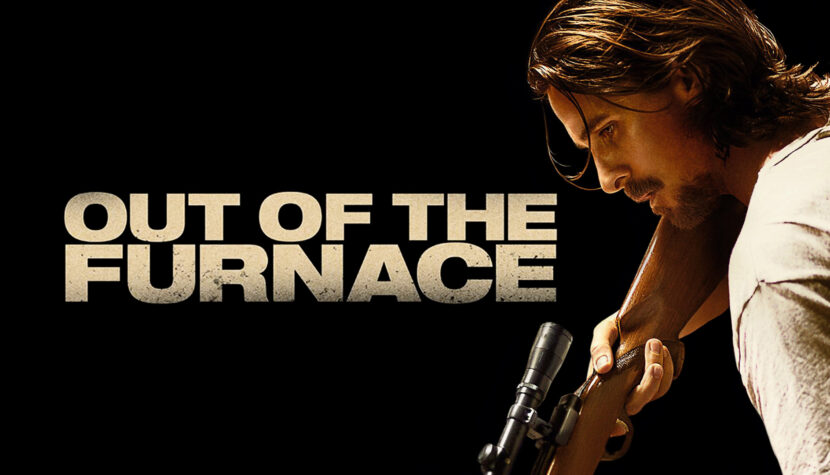
During a drive-in movie screening, Harlan DeGroat (the excellent Woody Harrelson) brutally humiliates a woman, punches a few onlookers in the face, and surveys the area with an animalistic gaze. This earthquake caused by one of the darkest characters I’ve ever encountered on the big screen. From the very beginning, we know that this beast, driven by money and drugs, will be the herald of Scott Cooper’s reality, taking viewers on a journey through a brutal, masculine world within skillfully placed genre frames.
In Out of the Furnace, women are almost nonexistent. One appears and does what is assigned to her by movies about male revenge. In the morning, she makes breakfast, gets pregnant, sometimes cries, and incidentally, is silly and pretty. Just an addition to the world of the main characters, who are busy dripping with testosterone, hunting deer, and sticking toothpicks in the corners of their mouths. Sometimes with tough guy expressions, they say that this place is not suitable for children, or they shed a manly tear at their father’s deathbed (their mother died long ago and probably no one cried).
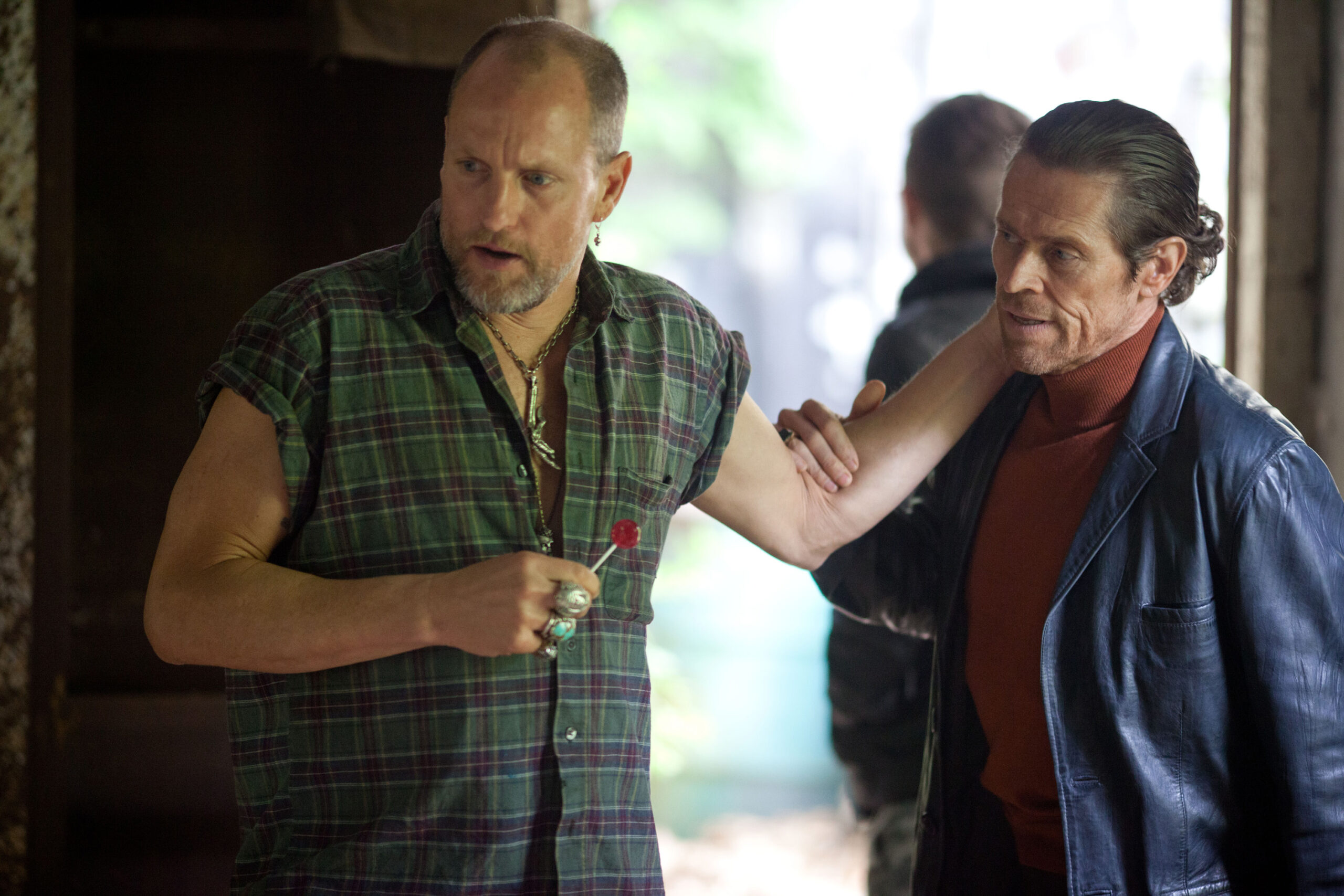
Everything takes place in a small town built around a factory, which, along with the context of the Iraq war, gives the place its unique and American atmosphere. Cadillacs glide through the streets, men sport stubble, drink whiskey, bet on horses. Sometimes the script escapes into sentimental reverie over this rough world, but we are aware that this greatly exaggerated atmosphere accurately reflects the place left to fend for itself amidst the tumultuous history of the United States and the blindness of those in power to people’s needs. No one here assumes the role of Marlon Brando from On the Waterfront and does not start a rebellion against all evil and injustice. The characters wallow in cruelty, often lose, but live on with the demeanor of winners – because life must go on. They are aware that no one will win evil here, but – as it will turn out later – you can slap it in the face.
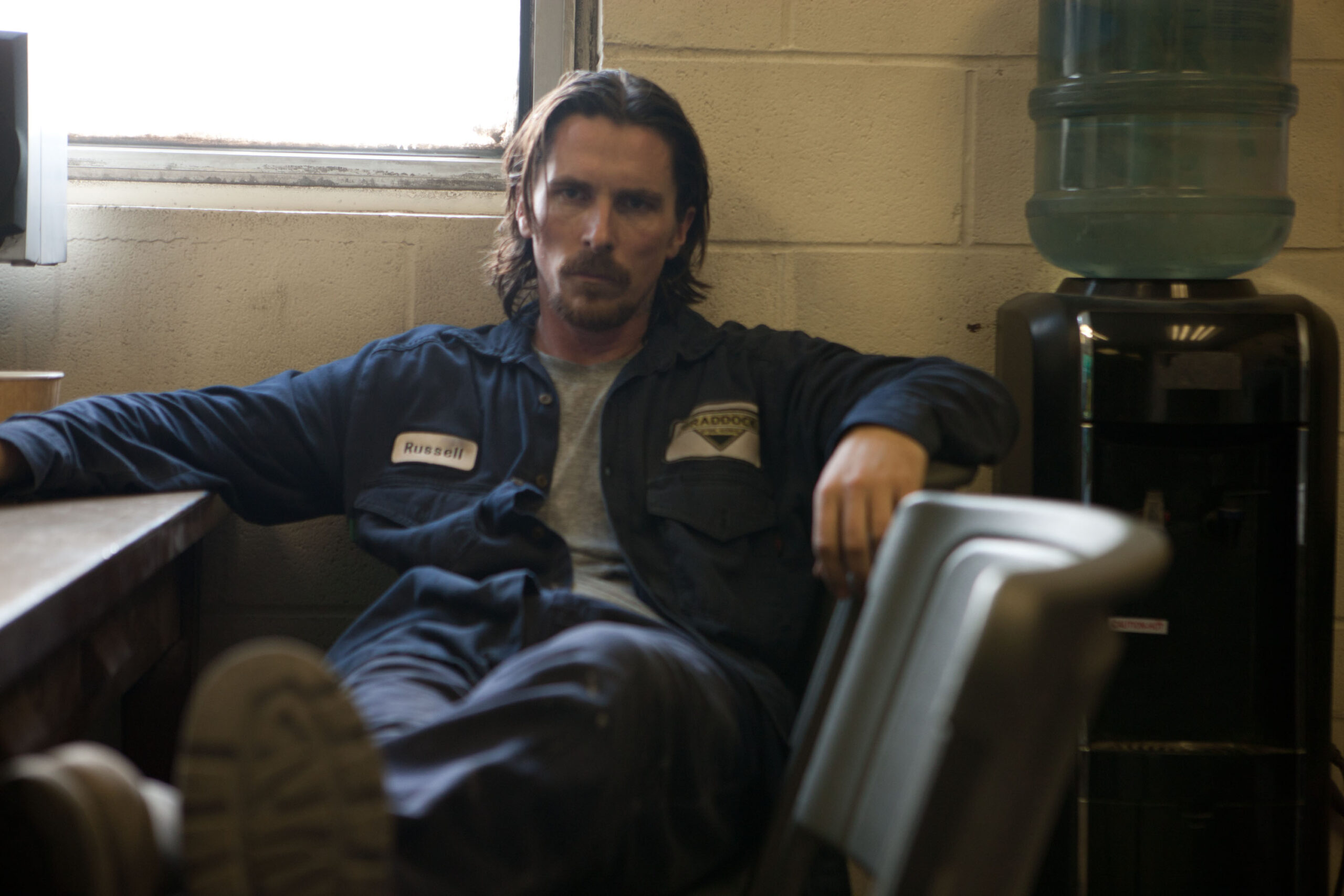
The director tells us the story of two brothers, who are easily distinguished because at this moment Out of the Furnace relies on tried-and-tested popular cinema schemes. One is the older and more sensible one (Christian Bale). He adheres to family tradition by working daily in the factory, which will soon be closed anyway, giving the impression of a composed and extremely strong man – either coping surprisingly well with numerous life difficulties, or he will muster up some masculine emotion. The other (Casey Affleck) often plays tough, but in reality, he is a kid ruined by his experiences in Iraq. Instead of being employed, he seeks income through illegal fights, which gather the biggest scoundrels from the USA, a country where violence is the national main course.
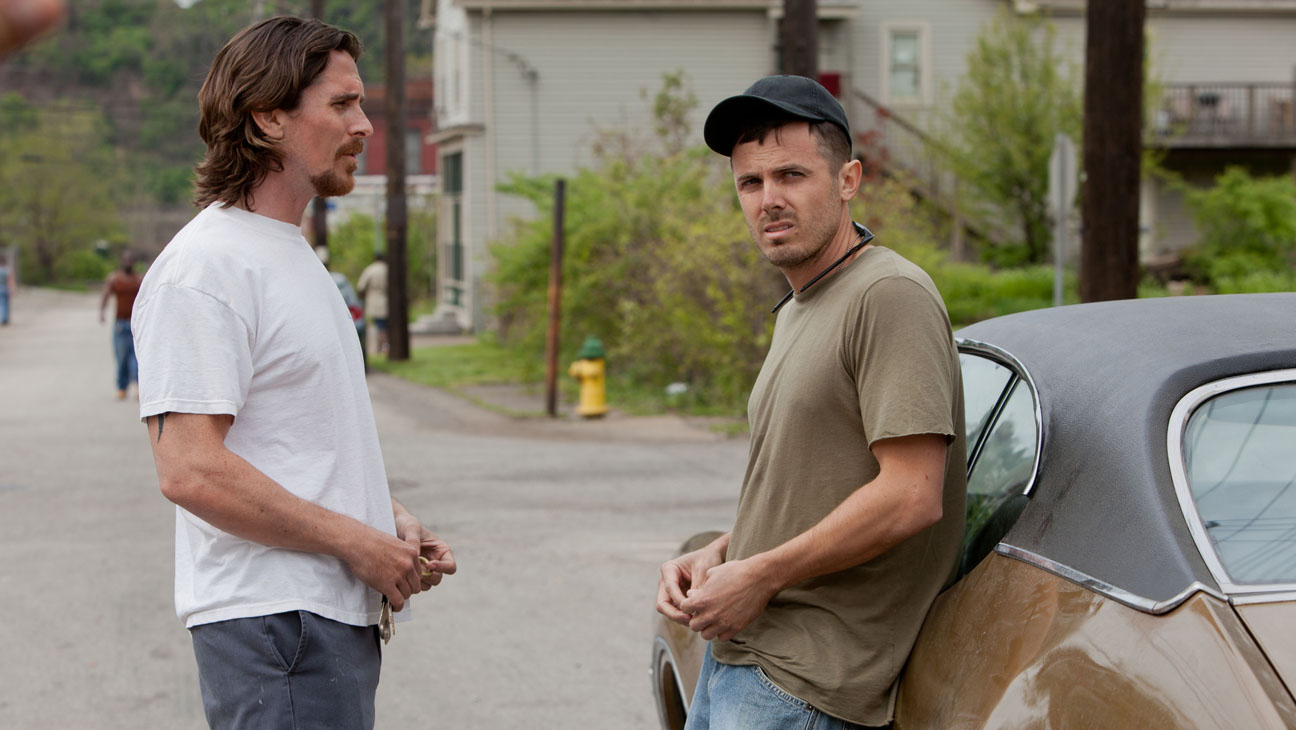
Out of the Furnace is divided into two parts. For the first hour, we observe the unhurried ceremonies of this American, industrial reality. One brother goes to Iraq, the other gets into prison due to an unfortunate accident. They engage in their male banter in bars, watch the presidential campaign Obama vs. McCain on small television screens, show brotherly love, and talk about the financial crisis, which is another demon in this area. Here, we can find many quotes from cinema that previously dealt with wartime or crisis. Some of the work-related hardships from the aforementioned film by Eli Kazan, and some from Hard Times with Charles Bronson. Out of the Furnace works excellently as a social film, showing America at another historical turn, in an era that began after the attacks on the WTC. Scott Cooper handles this much better than Andrew Dominik, who in Killing Them Softly preferred to aestheticize violence, which, due to script ineptitude, led us nowhere and showed nothing interesting.

The unhurried action and world-building are resolved with the disappearance of the younger of the Baze brothers. The director takes us on a spectacular ride with a well-written thriller, as the main character decides to conduct his own investigation and find his brother. It’s fast, spectacular, and stylish – now we can see that the types from under the dark star really have something to offer to everyone, and Cooper has a light touch for genre cinema.
Bale handles himself very well as a lone warrior in the fight for his loved ones, but the highlight of the entire film is Woody Harrelson, who created a role here worthy of his performance in Milos Forman’s The People vs. Larry Flynt. He executes all the demands of evil written for his character with great ease, and every expression or gesture shows that he aspires to be on the list of the greatest villains in the history of the Tenth Muse. The most lacking are the final fireworks, because if the director wasn’t afraid to exaggerate with testosterone at the beginning, he could have let it explode in some exaggerated sequence with good, which desperately seeks justice in a world of evil.
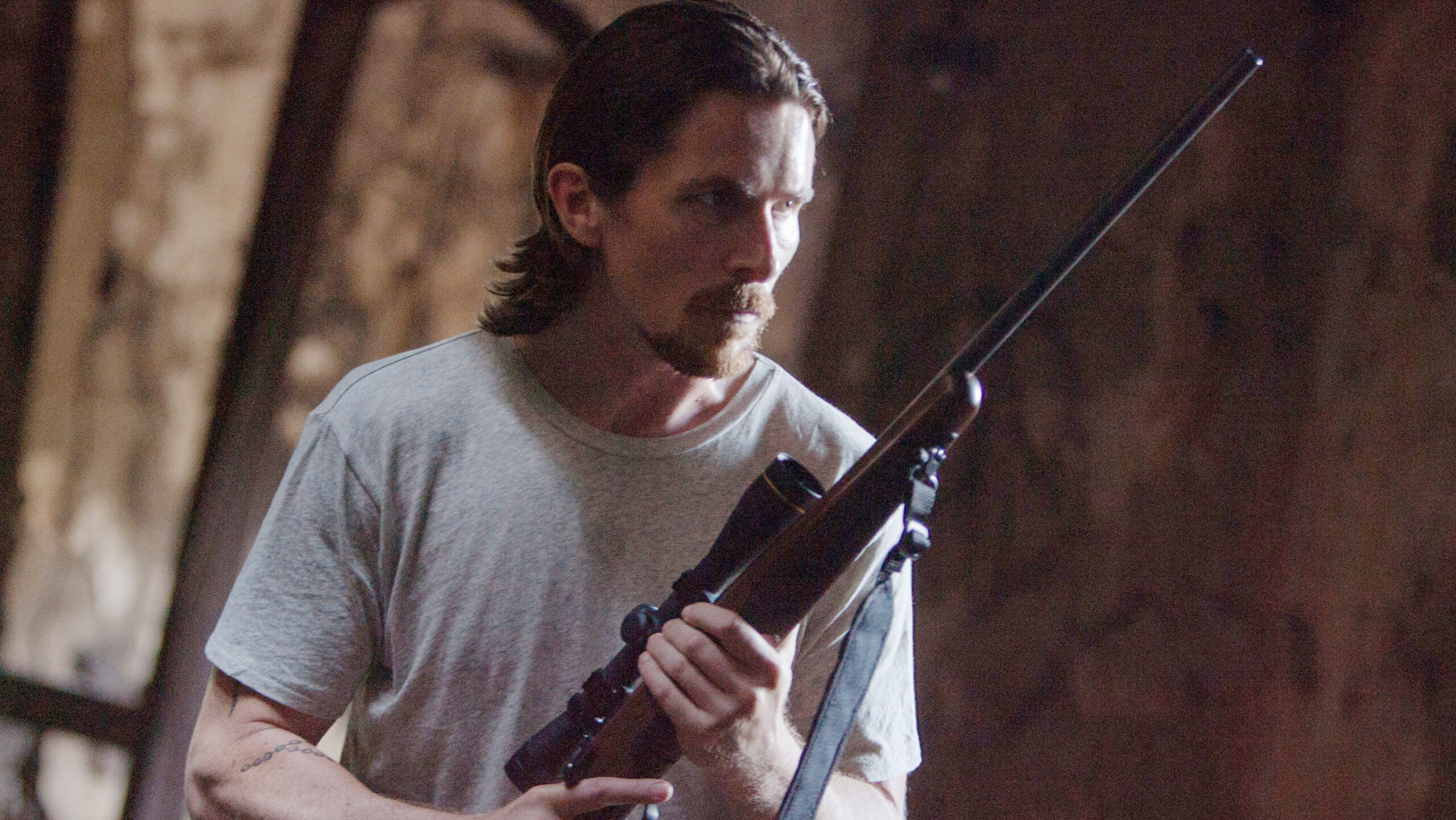
Out of the Furnace still delivers a lot of emotions, portrays a society tired of the Iraq war, and plays with references to films already overgrown with bronze. Could I want anything more from popular cinema?
Words by Mateusz Gorniak

